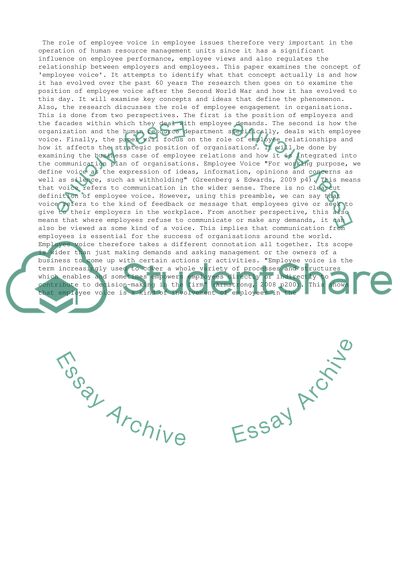Cite this document
(“Employee Engagement and Employee Voice (Contemporary HRM Research) Essay”, n.d.)
Employee Engagement and Employee Voice (Contemporary HRM Research) Essay. Retrieved from https://studentshare.org/business/1401933-employee-engagement-and-employee-voicecontemporary
Employee Engagement and Employee Voice (Contemporary HRM Research) Essay. Retrieved from https://studentshare.org/business/1401933-employee-engagement-and-employee-voicecontemporary
(Employee Engagement and Employee Voice (Contemporary HRM Research) Essay)
Employee Engagement and Employee Voice (Contemporary HRM Research) Essay. https://studentshare.org/business/1401933-employee-engagement-and-employee-voicecontemporary.
Employee Engagement and Employee Voice (Contemporary HRM Research) Essay. https://studentshare.org/business/1401933-employee-engagement-and-employee-voicecontemporary.
“Employee Engagement and Employee Voice (Contemporary HRM Research) Essay”, n.d. https://studentshare.org/business/1401933-employee-engagement-and-employee-voicecontemporary.


